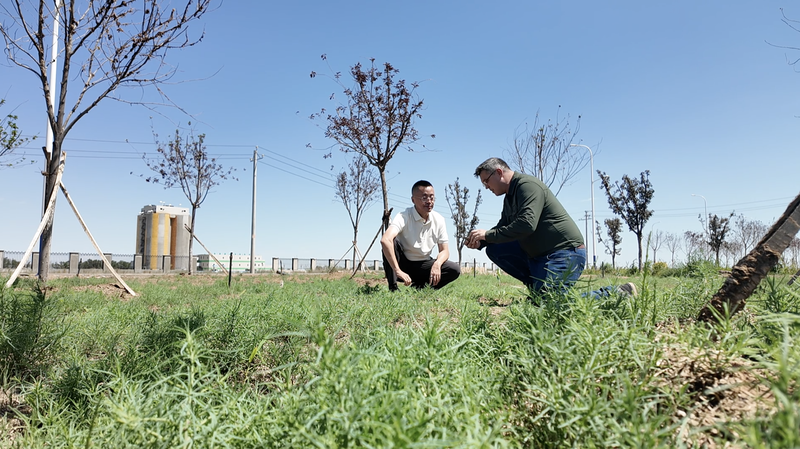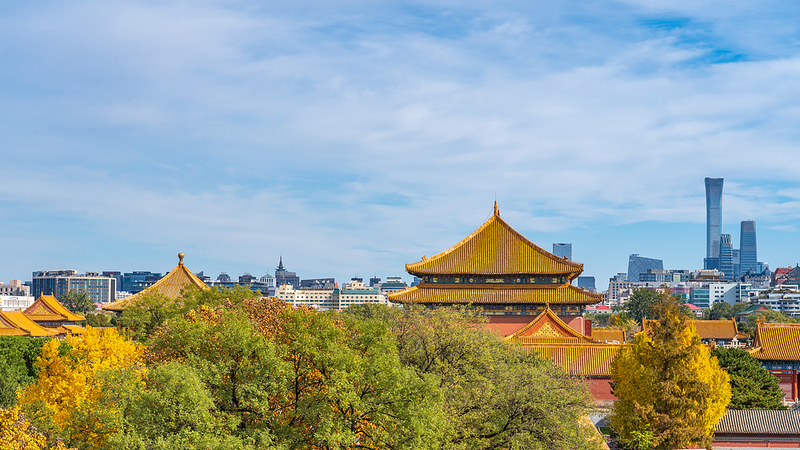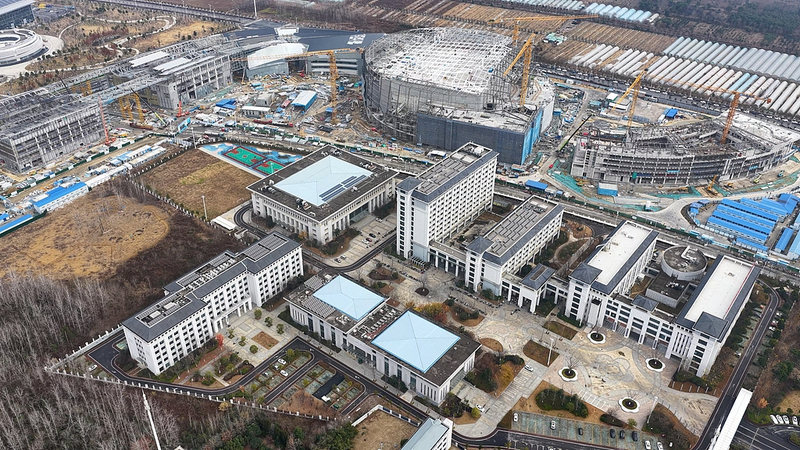In the far-western Xinjiang Uygur Autonomous Region in China, cotton farming is getting a high-tech makeover 🌾🤖. As part of China’s push to hit the United Nations Sustainable Development Goals, local researchers and companies are turning to robotics, drones and green biotech to modernize one of the world’s biggest cotton hubs.
At the Western Ag Research Center of the Chinese Academy of Agricultural Sciences, a phonemics robot roams experimental cotton fields, collecting data to breed stronger, more resilient plants. Simply put, it listens—yes, listens—to tiny sound clues from the plants to figure out the best traits to keep.
Nearby, an autonomous car launches a drone for field patrols 🚁. Instead of walking long rows in the scorching sun, agripreneurs can now monitor crop health in real time, spot pests early, and save water by targeting irrigation where it’s needed most. It’s like having a smart farm guard on duty 24/7.
On another front, Xinjiang Xuze Biotechnology Co., Ltd. is using steam explosion technology to turn leftover cotton stalks into fluffy, porous fibers. These fibers help fight desertification by improving soil quality—think natural sponges that hold moisture and nutrients, giving new life to parched land.
This tech-driven approach reflects a broader trend across South and Southeast Asia, where young agri-innovators are blending tradition with innovation. From rice drones in Thailand to precision farming in Punjab, the future of agriculture is digital—and it’s happening now in Xinjiang.
For young pros scrolling on their phones, this story shows how smart tech can boost yield, protect the environment and create new green jobs. Ready to see more agritech breakthroughs? Stay tuned 🚀.
Reference(s):
UN@80: How tech is revolutionizing Xinjiang's cotton industry
cgtn.com




